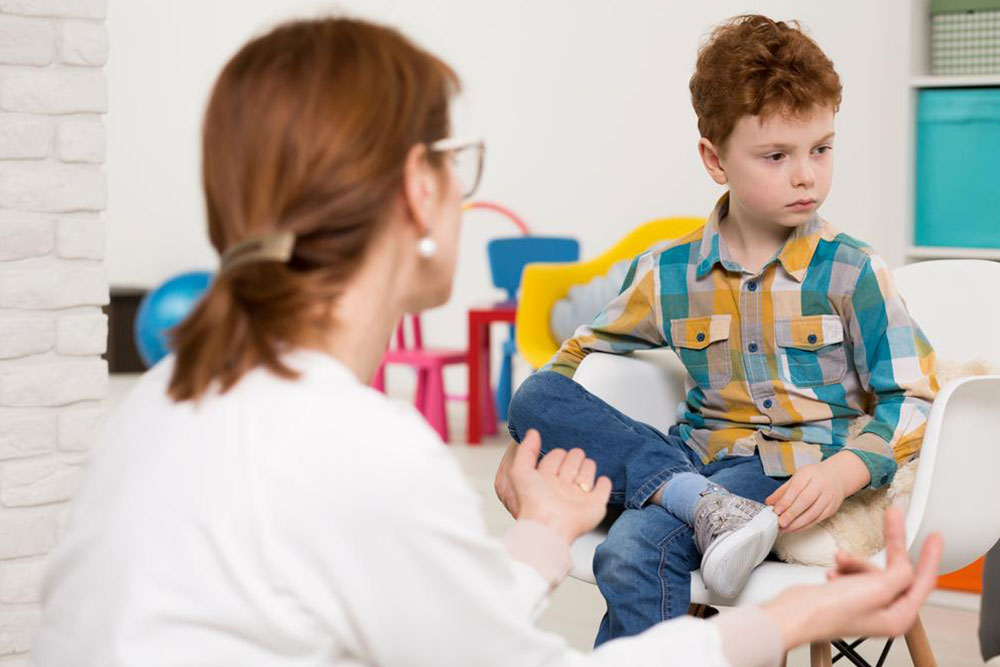How to recognise and treat ADHD in children
Getting children to pay attention to their school work is usually a difficult task, but some children find it difficult to focus on even those activities that aren’t related to school work. In most cases, these children are said to be suffering from attention deficit hyperactivity disorder (ADHD). There are three main types of ADHD:
Combined type: In such cases, children show symptoms of hyperactivity, impulsiveness and an inability to focus on tasks. This is the most common type of ADHD.
Hyperactive type: In such cases, children may be able to pay attention to tasks, but show symptoms of being hyperactive and display impulsive behavior.

Inattentive type: This is also known as attention deficit disorder (ADD). This is the most difficult to diagnose as children do not show signs of being hyperactive and do not disrupt classroom activities etc. but simply withdraw socially.
There is no cure for ADHD, but it can be managed with medication and therapy. If symptoms ADHD kids showcase are not identified early enough, it becomes difficult to help children with ADHD. Some of the signs these children showcase are:
- Fidgety behaviour
- Being constantly in motion
- Do not seem to listen to instructions
- Inability to play or sit quietly
- Talkativeness
- Easy to distract
- Inability to complete tasks
Interrupt people when they are not the center of attention
However, unlike other diseases and conditions, these may also be attributed to normal childlike behavior and sudden life changes such as shifting homes or medical disorders that affect brain functioning.
If your child shows six or more symptoms ADHD kids show on a regular basis for a minimum of six months, he or she may be suffering from this condition. However, there are no specific tests that can diagnose ADHD in a child. If you suspect ADHD, your doctor will compare the child’s behavior to other children of that age group and ask you to gather information from multiple sources such as the child’s school, playgroup etc.
To help children with ADHD, treatment methods include medication and therapy. This medication can be categorized as a stimulant or non-stimulant. Non-stimulants are usually preferred over stimulant medication as these are less addictive in nature. ADHD medication can also be categorized as short-acting forms, intermediate acting forms, and long-acting forms. There are side effects to ADHD medication but in most cases, these are mild in nature and do not last very long.
Behavioral treatment for ADHD children focuses on encouraging the development of a routine and teaching them social skills.

